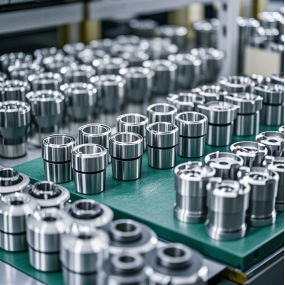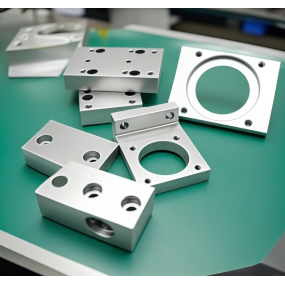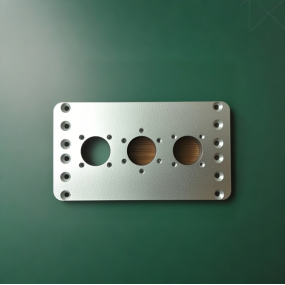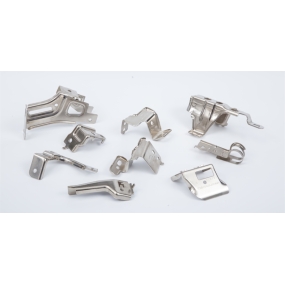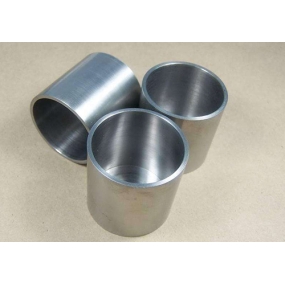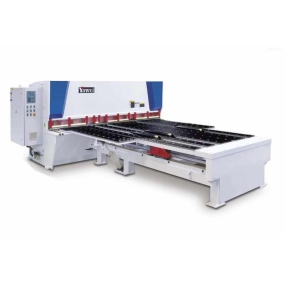Aluminum alloy is an alloy material composed of aluminum with other metal elements (such as copper, magnesium, zinc, silicon, etc.) or non-metallic elements (such as silicon). The surface treatment process of aluminum alloy is varied, including anodizing, spraying, electroplating, etc., to improve its corrosion resistance, aesthetics and functionality. 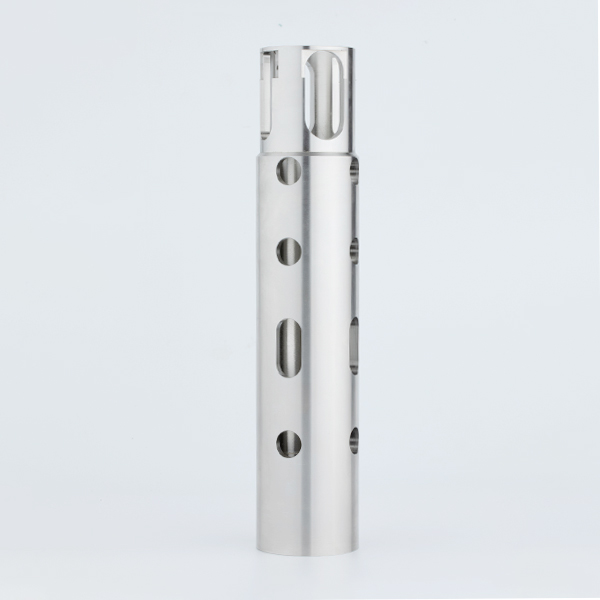 Anodizing: By forming a dense oxide film on the surface of aluminum alloy, improve the corrosion resistance, hardness and wear resistance of aluminum alloy. Anodizing film can also be dyed in various colors to enhance the aesthetics of aluminum alloy. Spraying: The paint is sprayed on the surface of aluminum alloy to form a protective layer to improve the corrosion resistance, weather resistance and aesthetics of aluminum alloy. Spraying process includes powder spraying, paint spraying, etc. Electroplating: Plating a layer of metal or alloy on the surface of aluminum alloy to improve its corrosion resistance, conductivity and aesthetics. Common electroplating processes include chrome plating, nickel plating, etc.
Anodizing: By forming a dense oxide film on the surface of aluminum alloy, improve the corrosion resistance, hardness and wear resistance of aluminum alloy. Anodizing film can also be dyed in various colors to enhance the aesthetics of aluminum alloy. Spraying: The paint is sprayed on the surface of aluminum alloy to form a protective layer to improve the corrosion resistance, weather resistance and aesthetics of aluminum alloy. Spraying process includes powder spraying, paint spraying, etc. Electroplating: Plating a layer of metal or alloy on the surface of aluminum alloy to improve its corrosion resistance, conductivity and aesthetics. Common electroplating processes include chrome plating, nickel plating, etc.
Hello! Welcome to EMAR's website!
 English
English » »
» »
 Spanish
Spanish Arabic
Arabic French
French Portuguese
Portuguese Belarusian
Belarusian Japanese
Japanese Russian
Russian Malay
Malay Icelandic
Icelandic Bulgarian
Bulgarian Azerbaijani
Azerbaijani Estonian
Estonian Irish
Irish Polish
Polish Persian
Persian Boolean
Boolean Danish
Danish German
German Filipino
Filipino Finnish
Finnish Korean
Korean Dutch
Dutch Galician
Galician Catalan
Catalan Czech
Czech Croatian
Croatian Latin
Latin Latvian
Latvian Romanian
Romanian Maltese
Maltese Macedonian
Macedonian Norwegian
Norwegian Swedish
Swedish Serbian
Serbian Slovak
Slovak Slovenian
Slovenian Swahili
Swahili Thai
Thai Turkish
Turkish Welsh
Welsh Urdu
Urdu Ukrainian
Ukrainian Greek
Greek Hungarian
Hungarian Italian
Italian Yiddish
Yiddish Indonesian
Indonesian Vietnamese
Vietnamese Haitian Creole
Haitian Creole Spanish Basque
Spanish Basque


